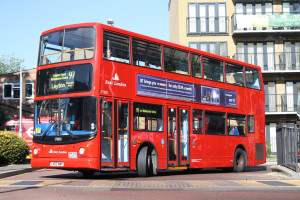Car Insurance in UK

If you want to drive in the UK you have to car insurance in UK. You can not legally drive or keep a car in the UK without insurance unless you file a SORN. Basically a SORN is a statement that you vehicle does not run on public roadways that it is only used on private land or garaged.
The basic car insurance minimum is third party liability which covers you if you are in an accident. It prevents people from being able to sue you in the case of an accident but the basics do not provide you with any financial protection for your vehicle or for yourself.
Anyone that is the registered owner of a vehicle in the UK must have insurance. Even if you are not driving your vehicle and someone else is using it if you are the registered owner you will be held liable for any damage that is caused during an accident if you do not have insurance coverage.
Theft and Vandalism
If you want a better plan all you have to do is shop around a bit. The minimum coverage does not cover for any theft or vandalism to your vehicle. It also does not cover any repairs to your vehicle should you be in an accident.
While the lowest minimum insurance is very likely the least expensive if you value your vehicle it is not a good option. You will want to opt for a policy that will help you to get repairs or compensation should something happen to your vehicle.
The only time the minimum amount of insurance is good is when you aere driving around in a banger that is on its last legs anyway.
Uninsured Vehicles
If you are in an accident you are required to provide at minimum your first and last name and the vehicle registration number. If it comes up that your vehicle is not carrying the proper insurance than you will be fined AND be liable for any damages that have been caused.
Compare Options for Car Insurance in UK
Of course you want to be in compliance with the law but you very likely would like to save some money while you are at it. You can compare car insurance in UK and find a plan that will provide you with excellent coverage that will provide you with financial protection.
Car insurance in other European Countries
Before driving a car in any country in Europe you should find out what kind of insurance you need. There are a number of sites where yo can gain useful information about that. They include:
The European Union (EU)
Bilforsikring (Denmark)
Angloinfo (Italy)
 Recent years have shown a steady increase in the total number of foreign students looking to obtain higher education in London. Not just students, but the rate of foreign employment has also increased tremendously. Whenever a person decides to change his base, there’s always a certain degree of curiosity involved to know more about the country, before packing bags. This guide will focus on useful information for people looking to migrate or travel to the East London.
Recent years have shown a steady increase in the total number of foreign students looking to obtain higher education in London. Not just students, but the rate of foreign employment has also increased tremendously. Whenever a person decides to change his base, there’s always a certain degree of curiosity involved to know more about the country, before packing bags. This guide will focus on useful information for people looking to migrate or travel to the East London.